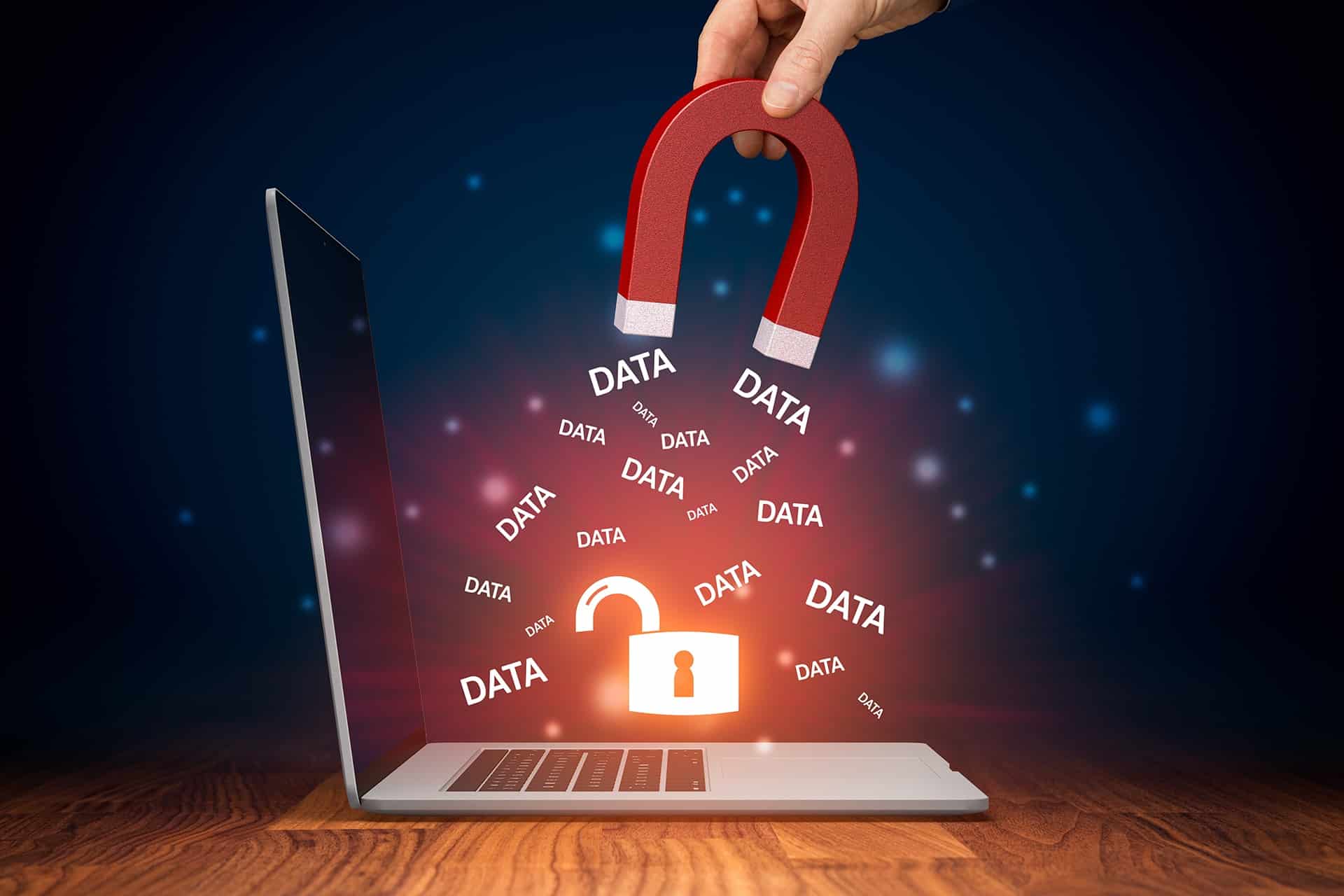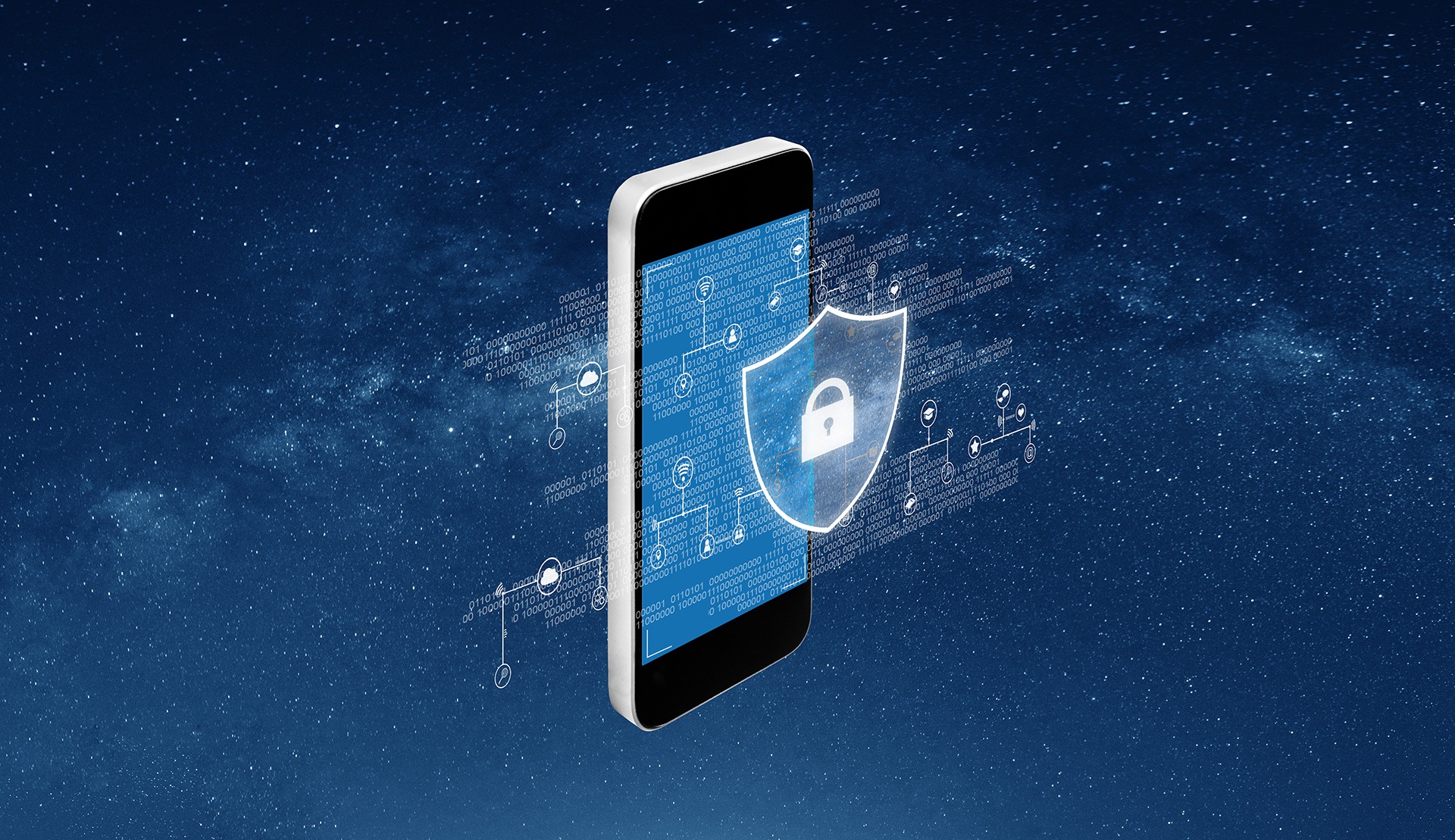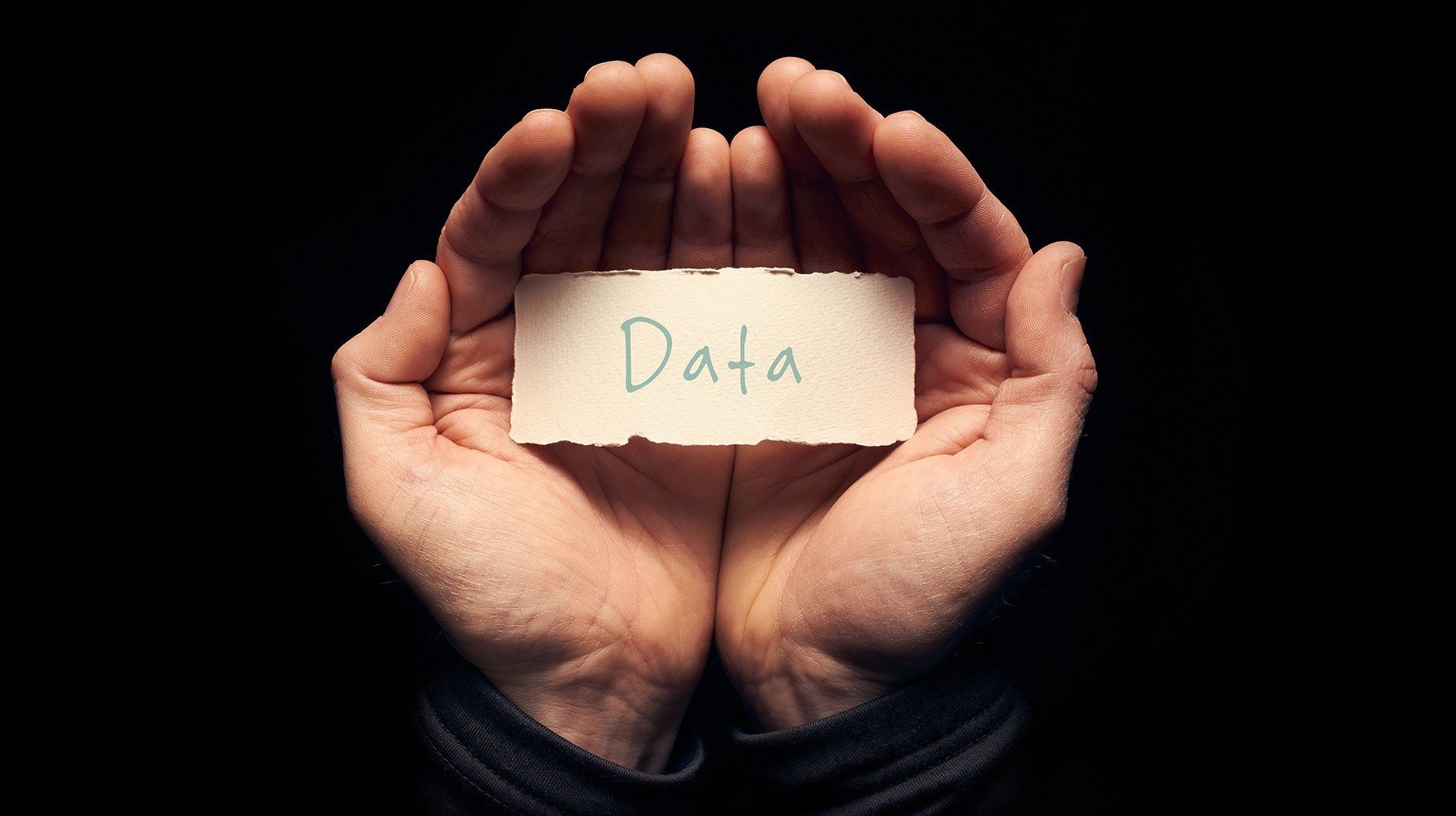It’s the rare business that can survive without marketing and social media efforts, so when a social media marketing company like Preen.Me comes under a cyber attack, it invariably adversely affects many, many interested parties. And with Preen.Me’s recent hack, that’s exactly what happened. Over 100,000 social media influencers have had their personal data stolen because of their connection to Preen.Me. In addition, over 250,000 social media users have had their personal data exposed on a deep web hacking forum from their use of ByteSizedBeauty, a Preen.Me application.
While Preen.Me primarily focuses their marketing efforts on beauty-related content, meaning many other types of businesses were spared, that does not provide any comfort to those whose primary business is related to personal care. Preen.Me boasts big-name customers such as Unilever, Revlon, St. Ives, and Neutrogena, who in turn interact with large customer bases.
In this post, we will outline how the attack was discovered, the data involved, and discuss the level of sophistication that hackers and data thieves can employ in their efforts to exploit, steal from, and harass innocent parties.
The Discovery
RBS, a world-renowned leader in cyber security, first discovered the Preen.Me leak on June 6, 2020 after they noted a known threat actor posting a message on a deep web forum about their recent hacking efforts. The attack was confirmed by the actor on the same day when they shared stolen information from 250 beauty influencers on PasteBin. PasteBin is a content hosting website service that allows users to store text on their site for set periods of time. The hacker also threatened to release the personal information of 100,000 records he/she acquired. However, as of this date those records do not seem to have been released.
The Data at Risk
The affected clients of Preen.Me are social media influencers involved in the beauty industry. Of course, their social media efforts lead them to collect information about their followers as well. Information from both side of the equation were affected, with the threat actor exposing personal information of the media influencers such as home addresses, phone numbers, email addresses, names, and social media links. In addition, some of these social media influencers have over a half million followers, potentially exposing their information as well.
Further Exploitation
It wasn’t enough to steal such a large amount of data to potentially hold Preen.Me for a ransom amount. On June 8th, the hacker released detailed information of the over 250,000 users of Preen.Me’s application, ByteSizedBeauty. The details include their Facebook name, ID, URL, and friend’s list, along with their Twitter ID and name. Personal information was also leaked, including their email address(es), date of birth, home address, eye color, and skin tone.
Also found in the stolen database dump, were 100,000 user authentication tokens for social media, along with a small number of possible password hashes, and a data table consisting of over 250,000 records containing user names, email addresses, customer names, and auto-generated passwords.
Doxing so many users of Preen.Me’s marketing tools and applications leaves all of them exposed to significant issues with spam, harassment, and especially identity theft. It remains to be seen if the hacker has accomplished their entire “mission” or if they are planning to further exploit Preen.Me and/or their clients.
A Cautionary Tale
Preen.Me’s recent attack is a cautionary tale for every other entity that uses the world wide web. Hackers can take very personal information and hold it for ransom, or they can release it on the dark web and allow others to commit further criminal acts against innocent affected parties. Organizations must take technology security seriously and understand their security efforts are not just protecting their own data, but the private data of clients who entrust them oftentimes with very personal information.
If you would like to know more about how to protect your business and the sensitive data of your clients from cyber hackers, please contact us.






